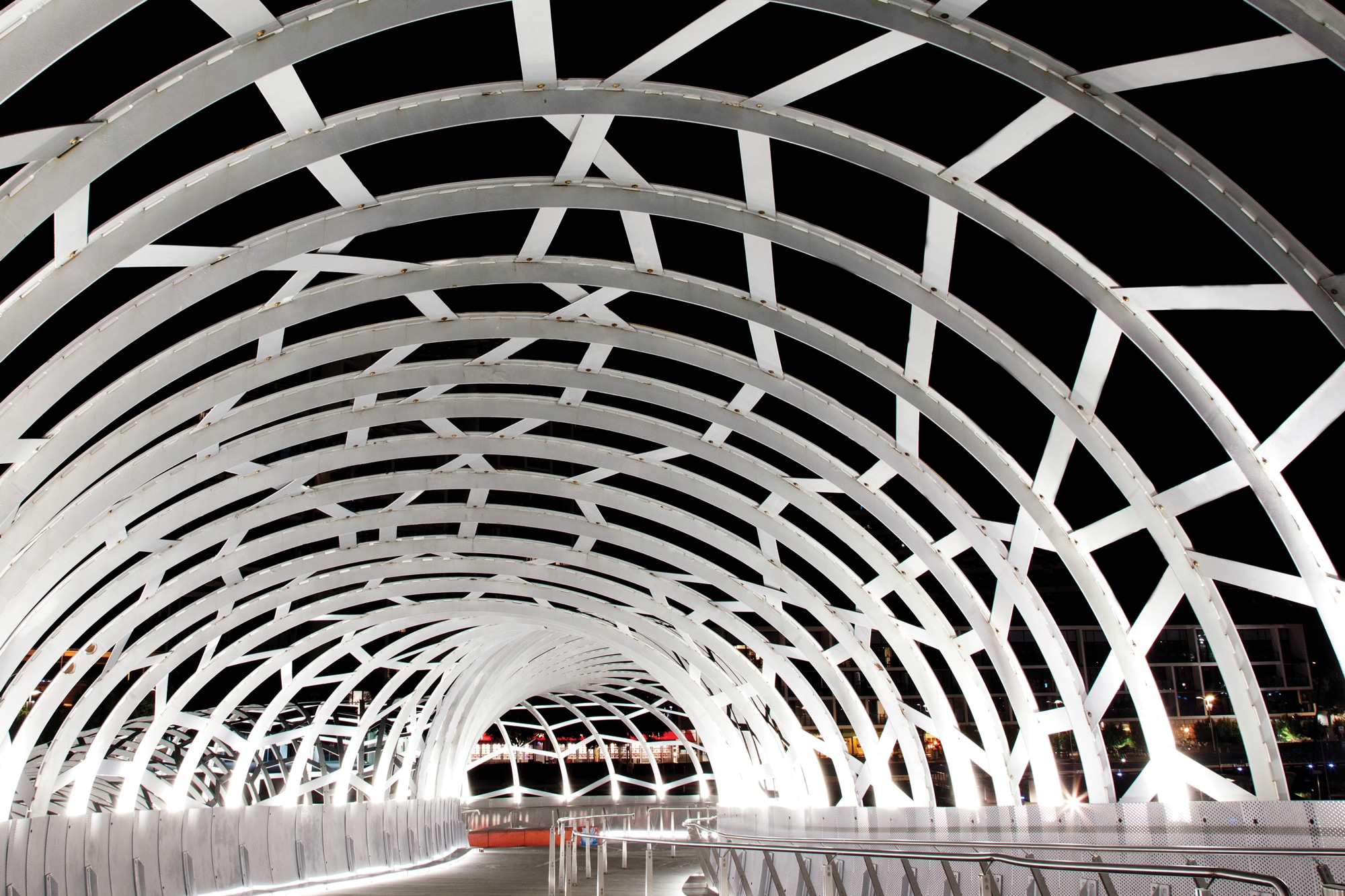
Webb Bridge at Docklands, Melbourne. [Photo:iStock]
You don’t just become one of the world’s most livable cities—you have to work at it. The top livable city according to The Economist’s Liveability Ranking 2016, Melbourne, has been working toward this accolade and others for well over a decade. And it’s paid off.
While even small houses and apartment living are being transformed in this Australian city, the real change is increasingly evident in the commercial sector, like at this mega skyscraper, where 180 solar panels were recently installed.
“Today, with the support of industry, Melbourne boasts the largest concentration of green buildings in any Australian capital city,” says Councillor Cathy Oke, chair of the City of Melbourne’s Environment Portfolio. “We are hopeful that these trends will continue as we progress toward 2020, and that we can drive greater retrofit action in the future.”
In 2003, the city announced its goal to achieve net zero emissions by 2020. The city also has a target to achieve 25% renewable energy for the municipality by 2018. Through the 1200 Buildings retrofit program, the commercial office program CitySwitch, and the residential apartment program Smart Blocks, the city also provides building owners and tenants with access to financial incentives and grants to help existing buildings increase their uptake of energy efficiency and renewable energy solutions. Since 2010, the owners of more than 540 commercial office buildings in Melbourne have retrofitted to improve energy and water efficiency. “This is crucial, as 78% of our municipality’s greenhouse gas emissions are generated from existing buildings. The bulk of this impact comes from the commercial sector,” Oke says. The city’s 2015 retrofit survey identified that an additional 21% of commercial office buildings in Melbourne plan to retrofit for energy efficiency in the next five years. The city is also the host of Ecocity World Summit 2017, where Al Gore will be the principal speaker.
